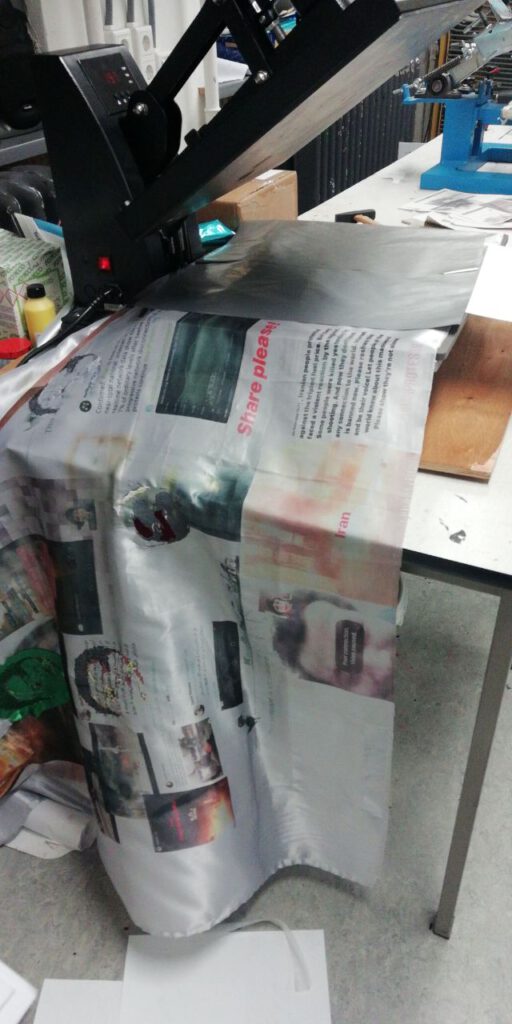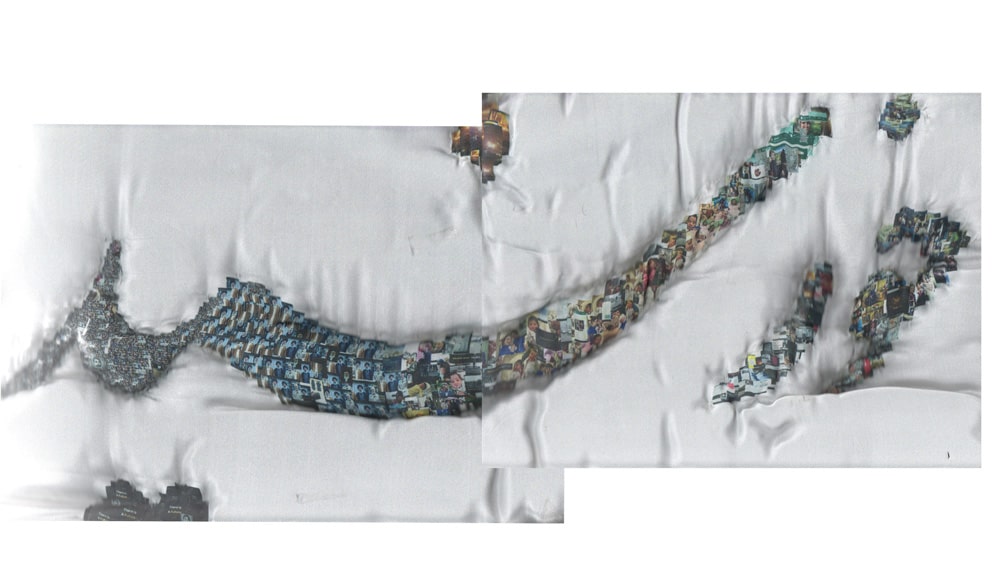
In her essay: “In Defense of the Poor Image” Hito Steyerl, describes the poor imager as low- quality, authentic and honest compared to the perfect image with a heavy emphasis on quantity:
“The poor image is no longer about the real thing—the originary original. Instead, it is about its own real conditions of existence: about swarm circulation, digital dispersion, fractured and flexible temporalities. It is about defiance and appropriation just as it is about conformism and exploitation. In short: it is about reality.”
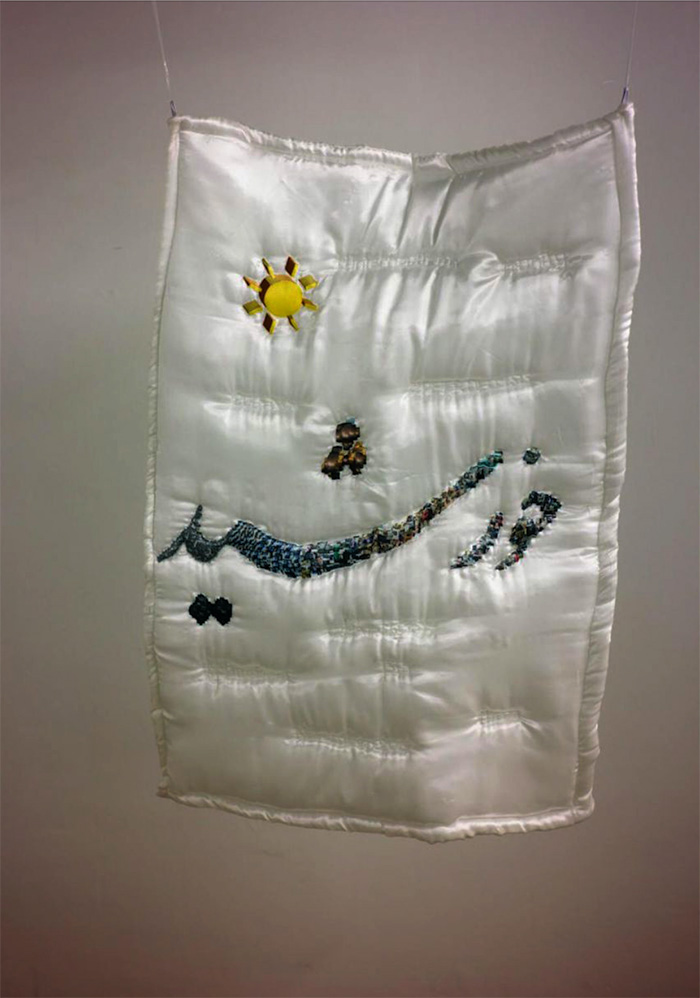
This Essay is Inspired by Steyerl’s essay and depicts ‘The Poor Image’ and Its connection with displacement.
The Poor Image has had a great role in my life as an international student in the past six years. In order to keep in touch and stay up to date with the daily happenings in the lives of my family and friends, I tried to be present at their great celebrations, parties, and gatherings via Skype. I’ve taken countless screenshots whilst making video calls. My vast collection of these low-quality images has found more value than the perfect images I sometimes receive. They are more believable, honest, unselfish, modest, and relatable.
In the initial stages of this project on the poor images, whilst trying to compose this essay and analyzing my pocket archive (screenshots) of my family, a series of sudden events broke out in Iran (my bigger family), A series of protests, which took place all across the country due to economic turmoil. In November 2019, Iran witnessed protests against a poor economic system and subsequently, its Supreme Leader. The protests commenced on the evening of 15 November 2019. The Iranian government employed lethal tactics in order to shut down the protests including a nationwide internet shutdown, shooting protesters dead from rooftops, helicopters, and at close range with machine gunfire.
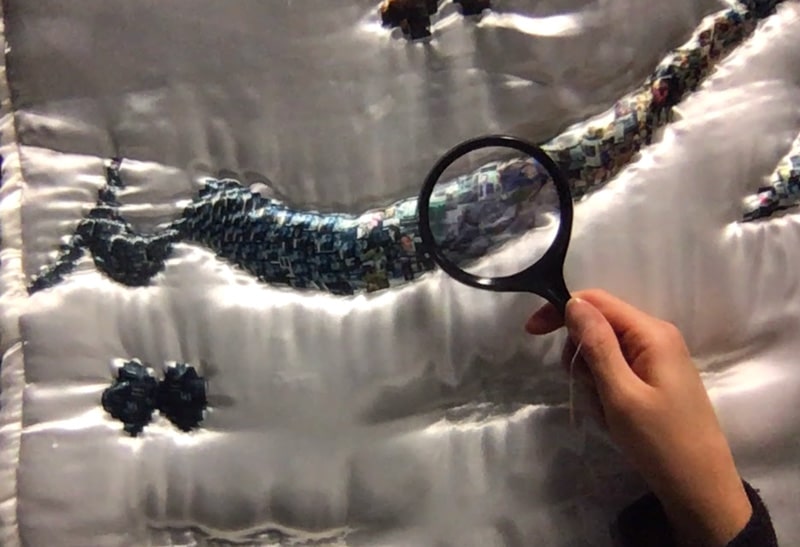
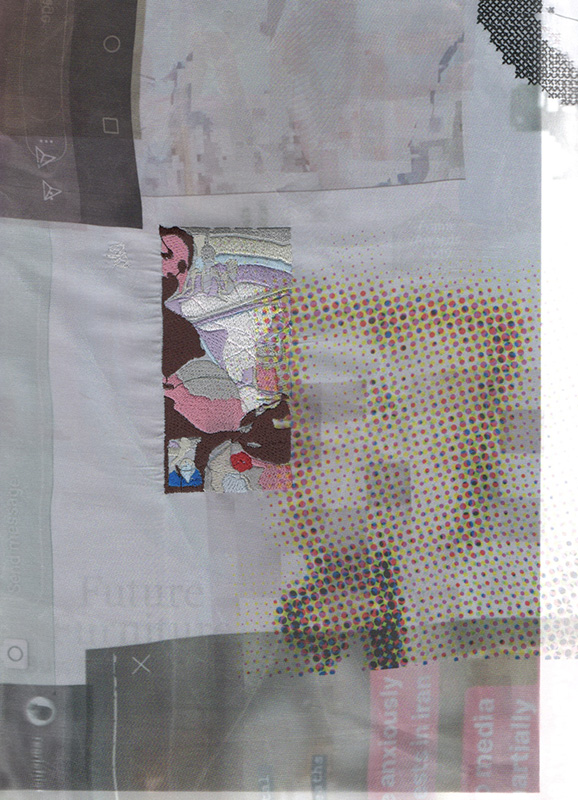
In the same week as the protests my pregnant sister also had to deliver her baby, the internet was shut down and there was no way to contact my family. I only managed to have a brief phone call of two minutes. After that, with the help of a tech-savvy family member, I managed to receive a really low-quality video of my niece; ‘Khorshid’ (The Sun).
For those of us residing outside of Iran, information and updates regarding the protests came through social media especially Instagram, and all we could do was to take screenshots of other’s posts, copy and paste in an attempt to spread what we knew regardless of the scale. I printed my archive (screenshots) in the format of a flag as what has been happening. Then I embroidered my niece’s face who brought me a new life as a second layer to the flag.
The Blanket is a visual diary for my niece in the form of a bed-set. The calligraphic script is made of screenshots. Poor images that I collected. It tells the story of pre-birth, birth, and after birth. Due to the censorship and control in Iran, I tried to hide and conceal my message in a secret layer and sewed the text with the glow in the dark thread, as a message to her in the dark.
